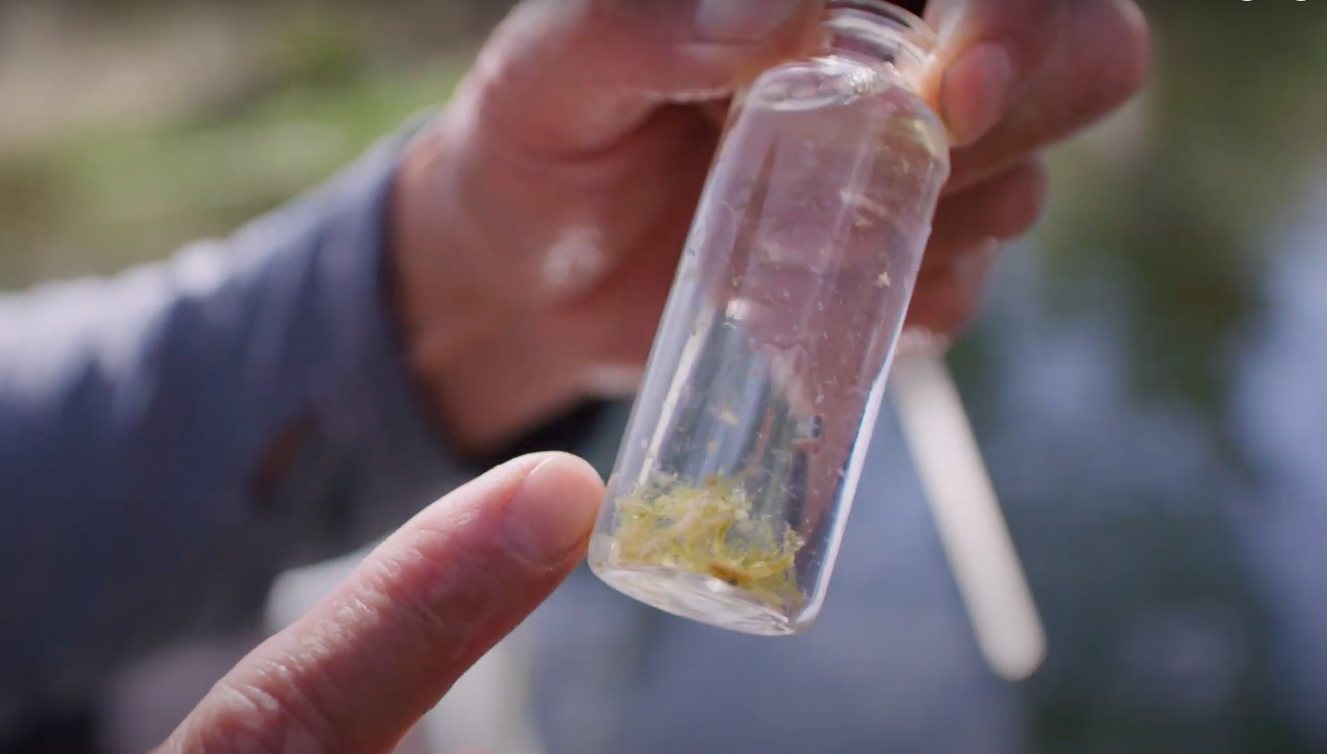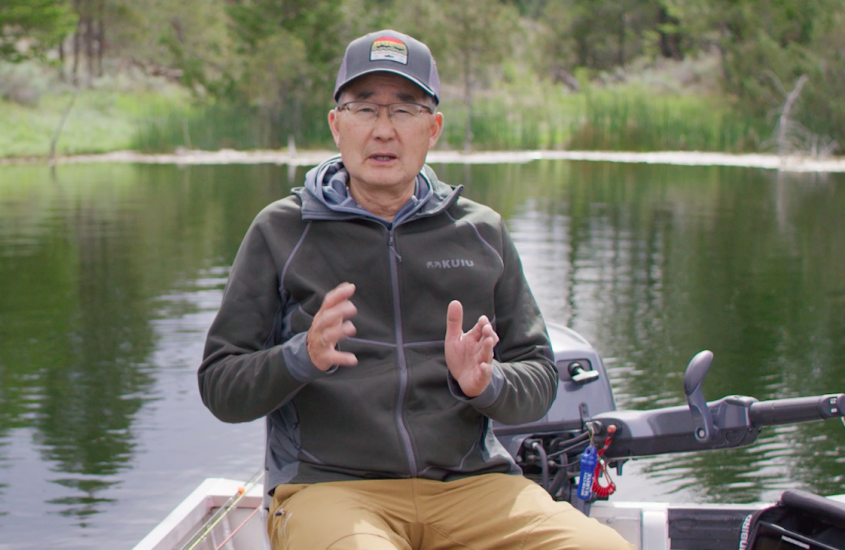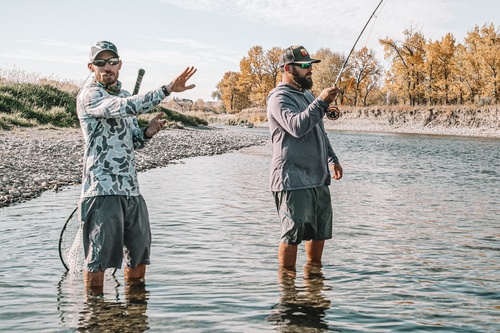Did you know that understanding what a fish eats can significantly increase your chances of catching them? This is because fish have specific feeding behaviors that you can learn to utilise. In his Chironomid Fly Fishing Masterclass, renowned biologist and angler Brian Chan teaches students how to identify and imitate the food that fish are eating. This technique is known as “throat pumping.” To help you better understand this topic, we’ve taken Brian’s knowledge and created this handy guide with everything you need to know.
Why Throat Pump a Fish?
First and foremost, why would you ever need to throat pump a fish? The fact is that this process allows you to sample the last food items that a fish has ingested without harming it. This non-lethal method offers invaluable data for any stillwater angler. For example, if you find that a fish has recently eaten mayfly nymphs, you can then switch to a mayfly pattern to improve your odds.
Ethical Considerations
Yet, remember, this is a technique that should only be used on fish that are 12-14 inches or larger. Smaller fish have an esophagus that’s not fully developed, making it risky to insert the throat pump. When performed correctly, throat pumping doesn’t harm the fish, enabling it to live and feed another day.
The Step-By-Step Process
Though easy to do, throat pumping a fish involves a series of well-executed steps that ensure not only the safety of the fish but also the accuracy of the information you gather. Below is a detailed breakdown of each stage.
- Buy a Pump and Catch a Fish: You’ll need a throat pump, typically made of plastic or rubber with a bulb on one end, and a glass vial for storing the sample. Make sure your equipment is clean and ready to go.
- Prepare the Throat Pump: Fill the throat pump bulb with water to lubricate it. Empty out the water so that the inside remains moist but water-free.
- Calm the Fish: After successfully landing the fish, carefully remove the hook. Turn the fish upside down while keeping it in the water to calm it down.
- Throat Pump Insertion: Depress the bulb all the way and carefully slide it into the narrowing of the fish’s throat. This creates a vacuum seal. Back out the pump to collect the sample.
- Sample Storage: Take the sample from the pump and store it in your glass vial, half-filled with water.
- Analyzing the Sample: Now comes the fascinating part: analyzing the sample. You might find algae, mayfly nymphs, shrimp, and even a caddis pupa. Just be sure to take note because these insights can help you choose the right bait.
Beyond Throat Pumping
It is vital to note that throat pumping won’t capture larger food items like dragonfly nymphs or big backswimmers. However, it’s highly effective for smaller food items such as chironomids, mayflies, damselflies, water boatmen, and small leeches.
Unlock Your Full Angling Potential
There you have it; a comprehensive guide to mastering the art and science of throat pumping. Armed with this knowledge, you’re not just fishing; you’re hunting in the water with laser-precision!
For those looking to further fine-tune their approach, Brian Chan’s Chironomid Fly Fishing class offers a deep dive into topics ranging from entomology and rigging to presentation and boat setup. Check it out today, and happy fishing!













